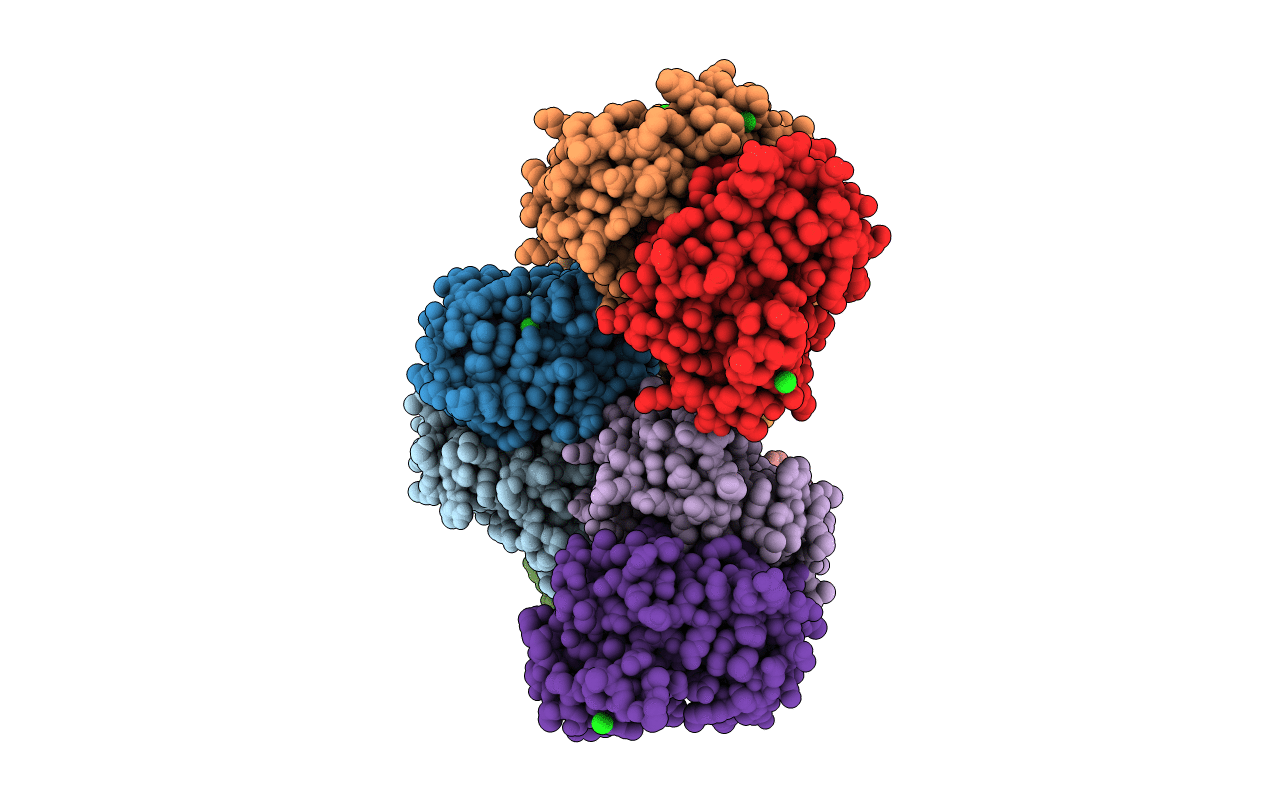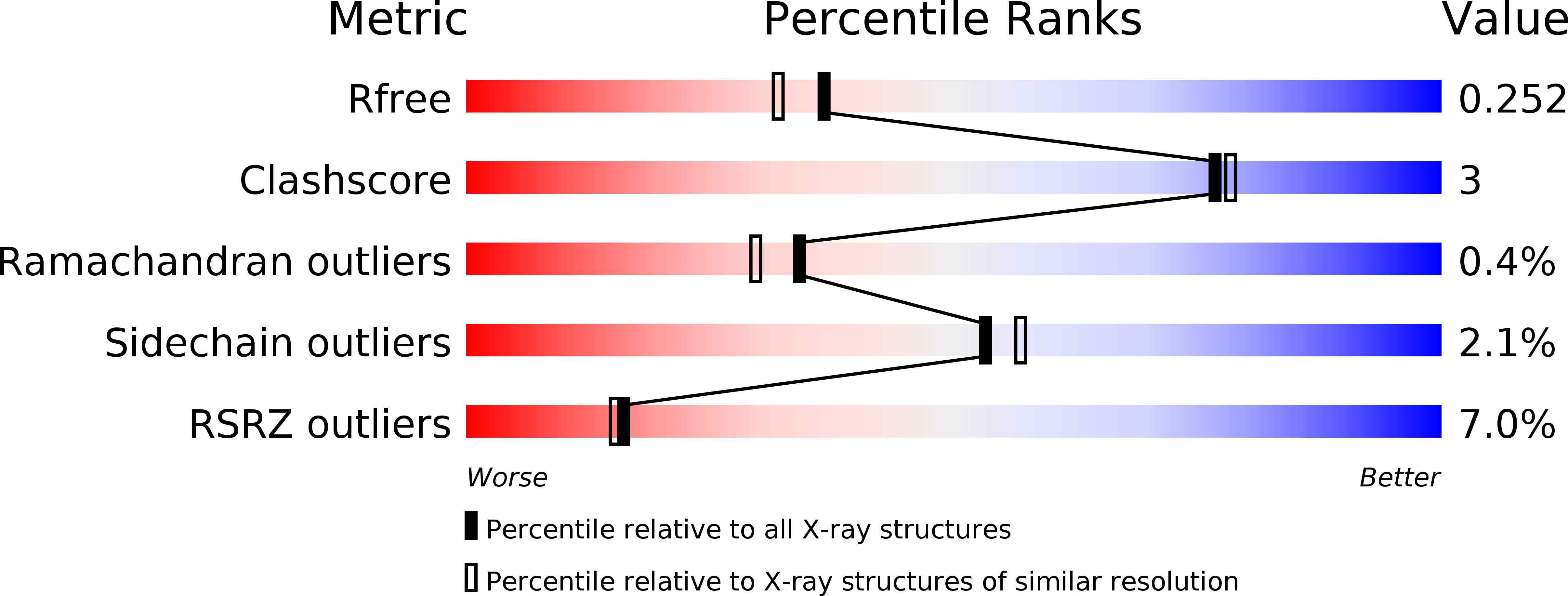
Deposition Date
2013-08-08
Release Date
2013-11-20
Last Version Date
2024-11-06
Entry Detail
PDB ID:
4C0Z
Keywords:
Title:
The N-terminal domain of the Streptococcus pyogenes pilus tip adhesin Cpa
Biological Source:
Source Organism:
STREPTOCOCCUS PYOGENES (Taxon ID: 1314)
Host Organism:
Method Details:
Experimental Method:
Resolution:
2.00 Å
R-Value Free:
0.23
R-Value Work:
0.20
R-Value Observed:
0.20
Space Group:
P 31


